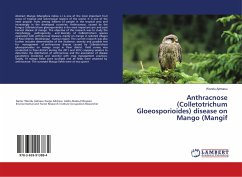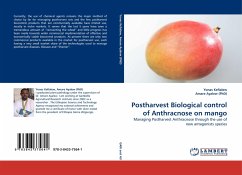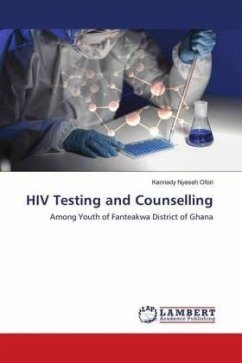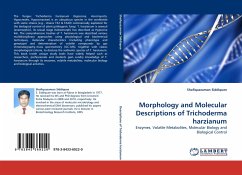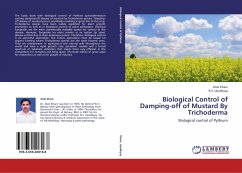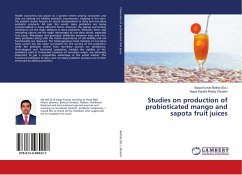Abstract Mango (Mangifera indica L.) is one of the most important fruit crops of tropical and sub-tropical regions of the world. It is one of the most popular fruits among millions of people in the tropical area and increasingly in the developed countries. Anthracnose, caused by the fungus Colletotrichum gloeosporioides is the most important pre and post harvest disease of mango. The objective of this research was to study the morphology, pathogencity, and diversity of Colletotrichum species associated with anthracnose diseases, mainly on mango in selected villages of Pawi district, Benishangul_ Gumuz region. The current research was also further includes determination of the incidence, severity and possible test for management of anthracnose disease caused by Colletotrichum gloeosporioides on mango crops in Pawi district. Field survey was conducted in Pawi district during the 2011 and 2012 cropping seasons to determine the distribution of anthracnose and the association of disease parameters (incidence and severity) with crop management practices. Totally, 19 mango fields were surveyed and all fields were attacked by anthracnose. The surveyed Mango fields were at two growt
Bitte wählen Sie Ihr Anliegen aus.
Rechnungen
Retourenschein anfordern
Bestellstatus
Storno

